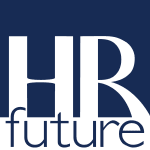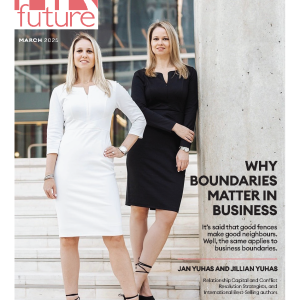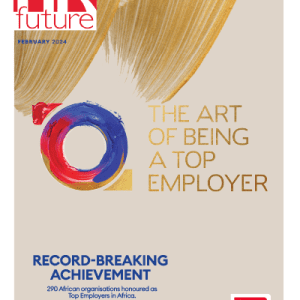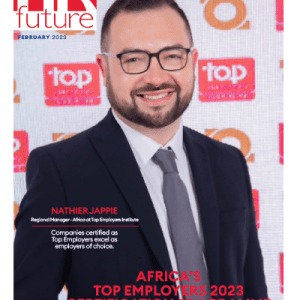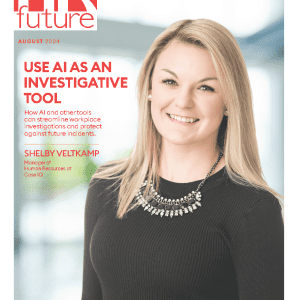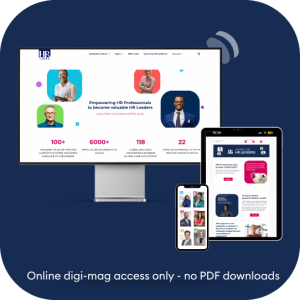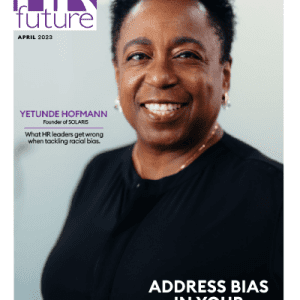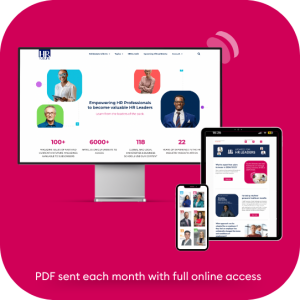HR departments manage the workforce and ensure smooth operations. Their pivotal role encompasses recruitment, employee onboarding, training, payroll management, performance evaluations, and compliance tracking. Each task, engaging multiple steps and stakeholders while adhering to regulatory requirements, makes HR a highly complex process within any organization. Many HR processes, despite their critical importance, remain manual, time-consuming, and error-prone. This presents significant challenges to both efficiency and effectiveness.
Automation has become a transformative force in HR departments, tackling numerous inefficiencies and challenges linked to manual methods. By streamlining tedious duties like data entry, document handling, and approval processes, HR personnel conserve considerable time and resources. This shift permits greater emphasis on pivotal undertakings including strategic planning, fostering employee involvement, and cultivating leadership skills. Automation not only boosts productivity but also elevates the quality of HR services. It guarantees consistent and precise execution of processes.
Understanding Visual Workflows
A visual workflow represents complex processes through intuitive graphical diagrams. By employing visual elements—flowcharts, icons, and connectors—visual workflows map out tasks, decisions, and actions in an easily understandable manner. These methods contrast with traditional text-based instructions. They offer a clear, immediate grasp of operational processes that is accessible to users across the spectrum of technical expertise. Their effectiveness lies in dissecting complex procedures into digestible steps which ensures every stakeholder understands and contributes to the design and execution of processes.
Visual workflows epitomize clarity and efficiency. They organize tasks and dependencies visually, eradicating the ambiguities that frequently plague manual or inadequately documented processes. For instance, an HR visual workflow for onboarding delineates each phase from dispatching offer letters to configuring employee benefits. This offers a lucid guidepost for both HR experts and newcomers. This approach enhances communication and ensures that critical steps are not overlooked.
Visual workflows—dynamic tools easily adjusted when processes evolve—accommodating new compliance requirements or eliminating redundant steps; they permit real-time updates without system disruption, rendering them invaluable in environments such as HR where policies frequently change.
How Visual Workflows Enhance HR Automation
Streamlining Routine Tasks
Visual workflows streamline repetitive, time-consuming HR tasks like leave requests, timesheet approvals, and employee onboarding which often entail multiple steps and several stakeholders. By automating these tasks into clear step-by-step processes, visual workflows enhance efficiency. For instance, hiring a new employee triggers a visual workflow that promptly alerts the IT department to configure essential equipment. It dispatches welcome emails and arranges orientation sessions. This streamlines processes by obviating manual follow-ups and guarantees all critical steps receive attention.
Improving Accuracy and Reducing Errors
Manual HR processes are prone to errors. However, visual workflows mitigate these risks significantly by automating critical steps and enforcing task execution in a predefined sequence. Consider payroll processing as an example. A visual workflow automatically retrieves data from employee timesheets, calculates wages, and then generates pay slips, reducing the potential for human error.
Visual workflows offer a significant benefit. They enforce compliance with organizational policies and legal regulations. HR teams embed rules and checkpoints within the workflow to ensure that documentation is collected, approvals are obtained, and deadlines are met. This proactive approach not only minimizes errors but also curtails the risk of non-compliance, a situation fraught with serious financial and reputational consequences for the organization.
Enhancing Employee Experience with Self-Service Options
Visual workflows revolutionize the workplace by empowering employees with self-service options. They can update personal information, submit leave requests, or access training modules directly within these intuitive and user-friendly portals, often through drag-and-drop interfaces or guided navigation.
Enabling self-service, visual workflows diminish HR teams’ reliance on handling routine queries and requests. This efficiency saves time for employees and HR staff alike—thereby enhancing the overall employee experience, with employees valuing the ability to independently complete tasks without awaiting approvals or assistance. Autonomy instills empowerment and satisfaction, the catalysts for heightened engagement and productivity.
Increasing Transparency and Accountability
Transparency and accountability serve as the bedrock of effective HR management; consequently, visual workflows flourish in bolstering both elements. These tools offer a lucid graphical display of procedures—thereby simplifying role comprehension for all involved parties. Both employees and managers gain insights into task statuses, identify individuals accountable for ensuing actions, and recognize projected timelines with ease. This level of visibility reduces confusion and ensures that everyone is aligned.
Visual workflows enhance accountability through traceability—each action is logged, providing a detailed record of who did what and when. This not only aids in resolving disputes and clarifying misunderstandings but also cultivates a culture of responsibility. Employees, aware that their actions are being monitored, tend to meet deadlines and execute tasks with diligence.
Integration with HR Management Systems (HRMS)
Visual workflows unlock their true power when integrated with HR management systems—HRMS—which serve as the backbone of HR operations. They house critical employee data and facilitate core functions such as payroll, benefits management, and compliance tracking. By acting as an overlay that pulls data from the HRMS, visual workflows automate processes and provide real-time updates. For example, an employee submits a leave request through a self-service portal; the visual workflow then automatically routes this to the relevant manager for approval, updates HRMS with approved dates, and prompts payroll to modify calculations as needed.
Conclusion
The potential of visual workflows in HR automation is limitless. Advancements in artificial intelligence, machine learning, and no-code platforms are set to amplify their capabilities. These cutting-edge innovations promise smarter, more adaptive workflows accessible across organizations regardless of size. The adoption of visual workflows heralds a shift toward efficiency, transparency, and an employee-centric HR approach. By investing in these tools now, organizations solve present challenges and lay the groundwork for future HR processes that are seamlessly integrated, highly efficient, and tailored to the modern workforce’s needs.
Guest writer
